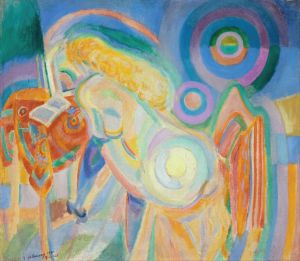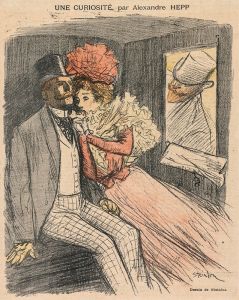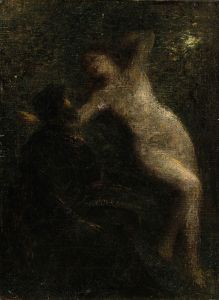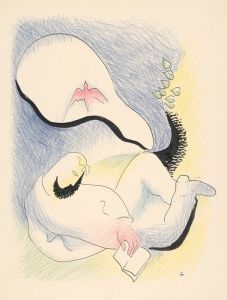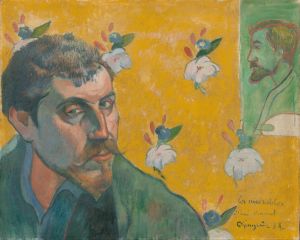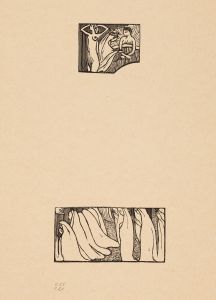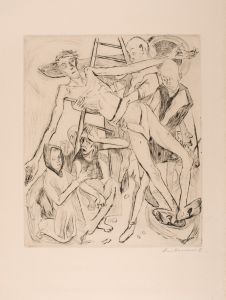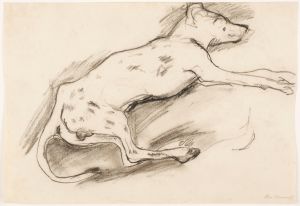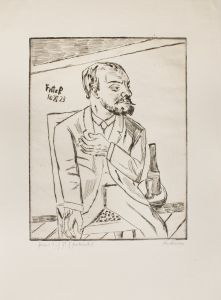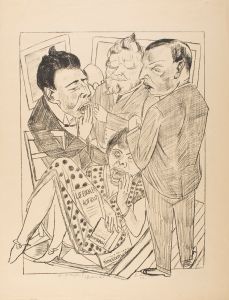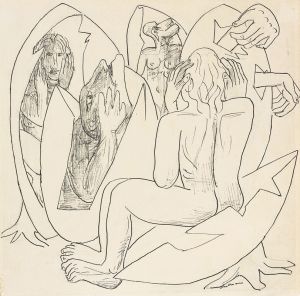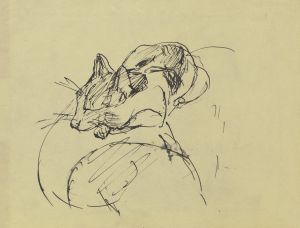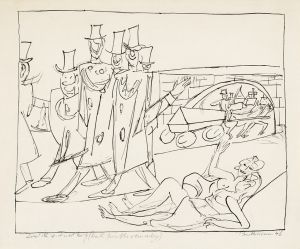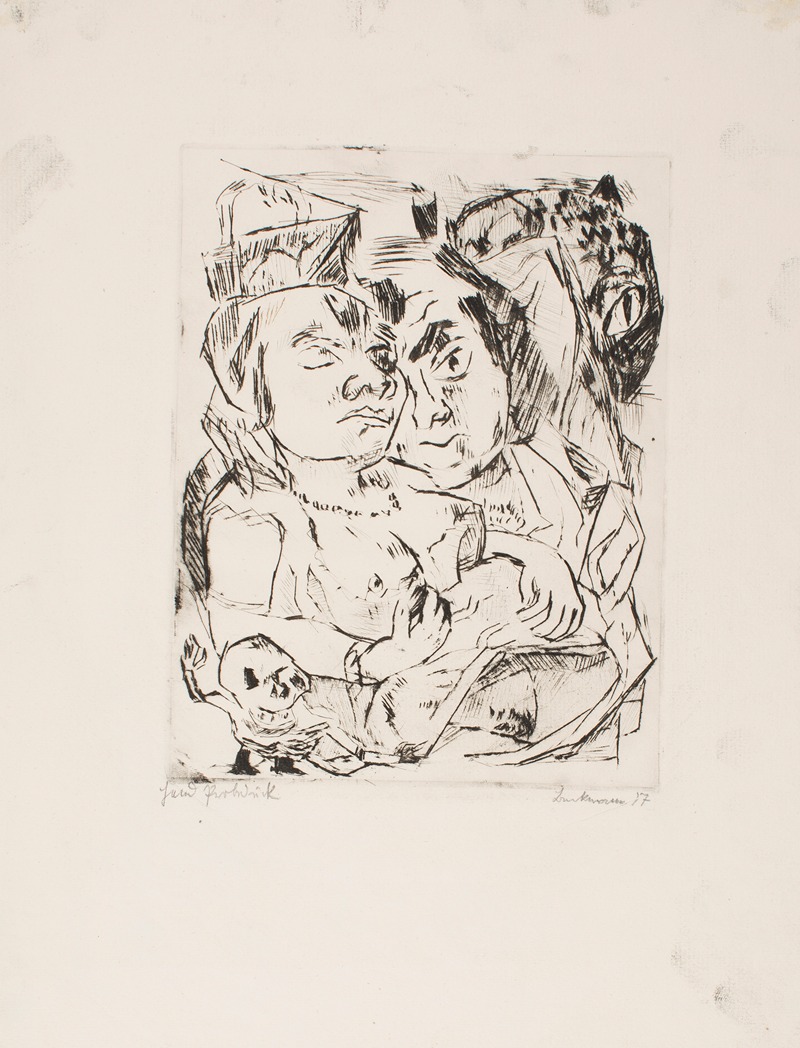
Illustration for Chapter 5, from the portfolio ‘The Duchess’
A hand-painted replica of Max Beckmann’s masterpiece Illustration for Chapter 5, from the portfolio ‘The Duchess’, meticulously crafted by professional artists to capture the true essence of the original. Each piece is created with museum-quality canvas and rare mineral pigments, carefully painted by experienced artists with delicate brushstrokes and rich, layered colors to perfectly recreate the texture of the original artwork. Unlike machine-printed reproductions, this hand-painted version brings the painting to life, infused with the artist’s emotions and skill in every stroke. Whether for personal collection or home decoration, it instantly elevates the artistic atmosphere of any space.
Max Beckmann, a prominent German painter, draftsman, printmaker, and writer, created the artwork titled Illustration for Chapter 5 as part of his portfolio The Duchess. This portfolio, completed in 1918, consists of ten lithographs and is considered one of Beckmann's significant contributions to graphic art. The series was inspired by the novel The Duchess of Malfi by John Webster, a Jacobean tragedy first published in 1623. Beckmann's illustrations do not directly narrate the events of the play but instead evoke its themes of power, corruption, and human suffering, interpreted through his distinct artistic style.
The portfolio was created during a tumultuous period in Beckmann's life and in European history. The year 1918 marked the end of World War I, a conflict that deeply affected Beckmann both personally and artistically. His experiences as a medical orderly during the war profoundly influenced his work, leading him to explore themes of existential anxiety, human frailty, and the darker aspects of society. These themes are evident in The Duchess, where Beckmann's stark and expressive imagery captures the emotional intensity and moral ambiguity of Webster's play.
Illustration for Chapter 5 is one of the ten lithographs in the portfolio and reflects Beckmann's mastery of the medium. Lithography, a printmaking technique that involves drawing on a stone or metal plate with a greasy substance, allowed Beckmann to achieve a wide range of tonal effects and intricate details. The composition of this particular illustration, like others in the series, is characterized by its dramatic contrasts of light and shadow, dynamic lines, and a sense of psychological tension. Beckmann's figures often appear distorted or exaggerated, emphasizing their emotional states and the underlying themes of the work.
The portfolio The Duchess was published by J.B. Neumann in Berlin, a key figure in promoting Beckmann's work during this period. The series was well-received and is now regarded as an important example of Beckmann's early graphic work, showcasing his transition from a more traditional style to the expressionist approach that would define much of his later career. Today, Illustration for Chapter 5 and the other lithographs in the portfolio are held in various museum collections and are studied as significant examples of early 20th-century printmaking and Beckmann's artistic evolution.
This artwork, like much of Beckmann's oeuvre, reflects his ability to merge personal experience with broader cultural and historical themes, creating works that resonate with emotional depth and intellectual complexity.





